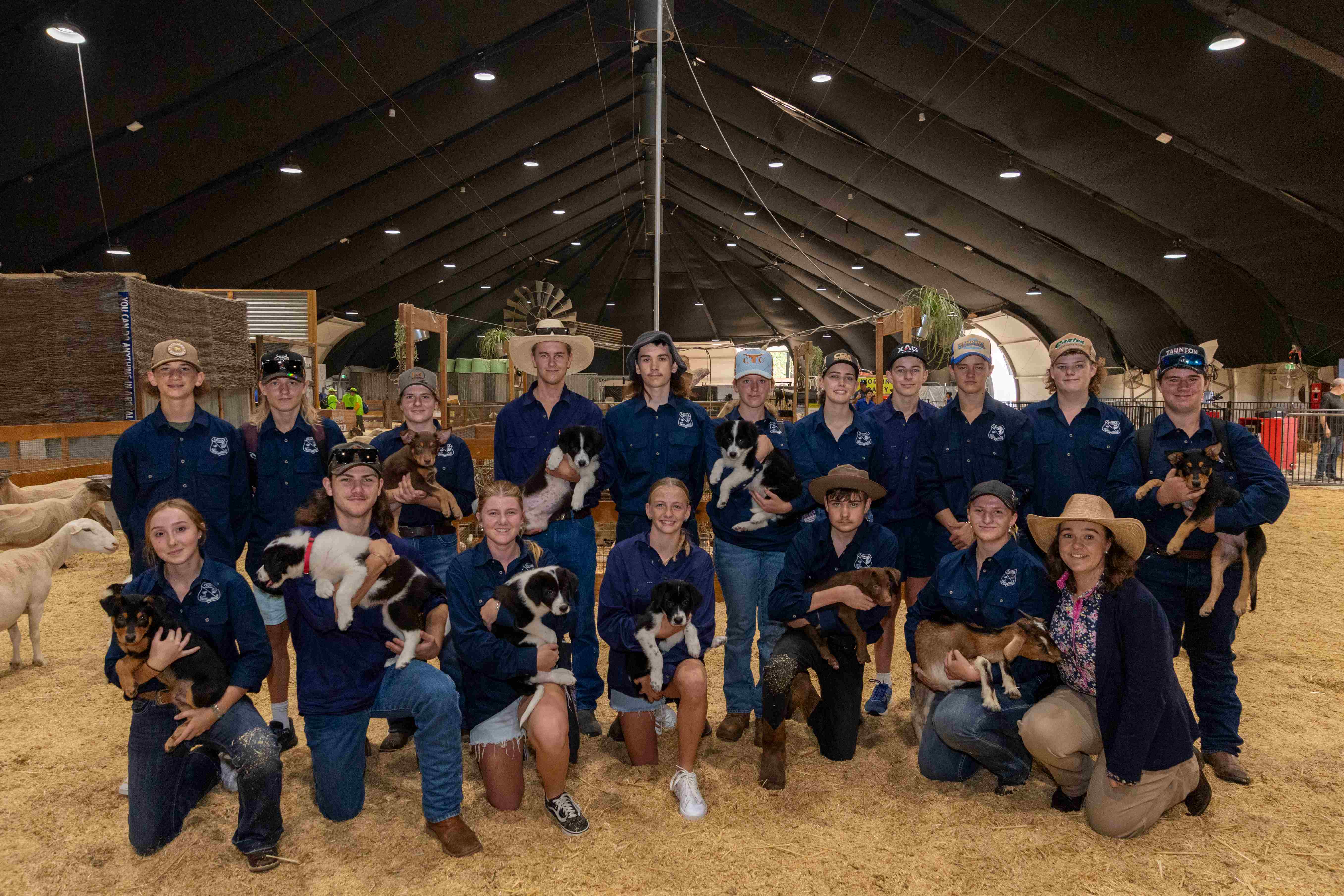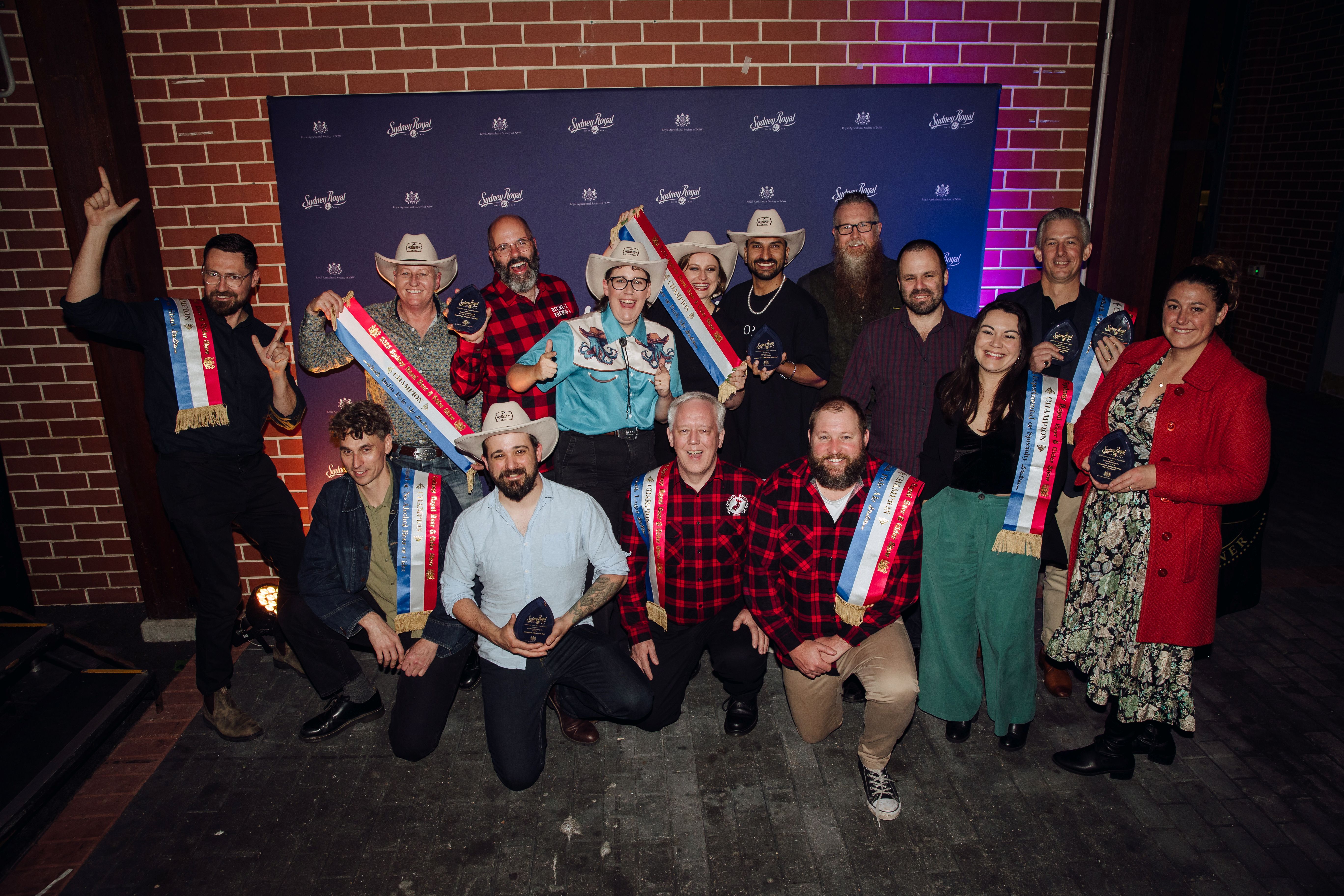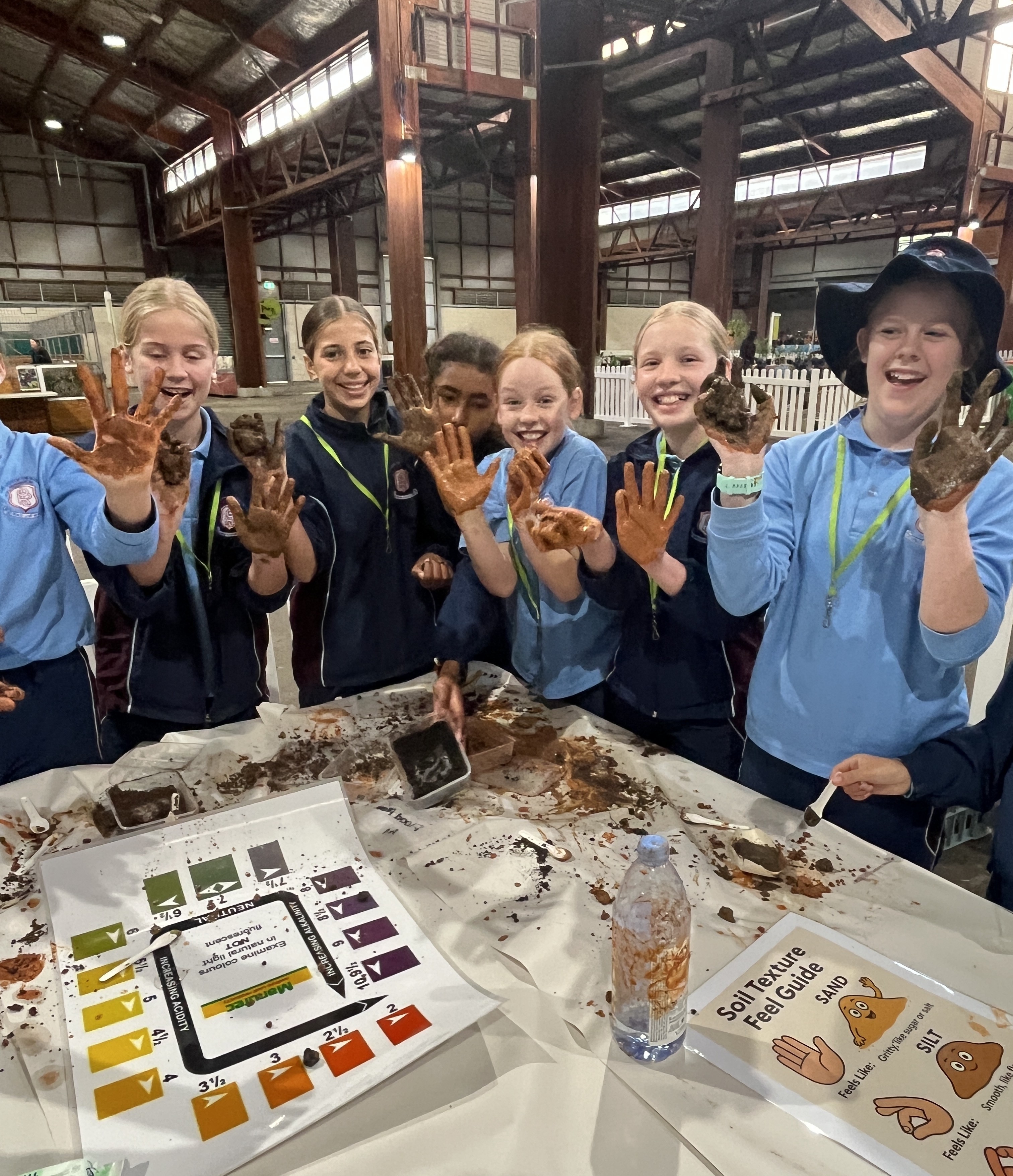Cottoning on
It's got a great global reputation, but how much do you know about Australia's cotton industry?
From the moment we wake up, pull on our favourite pair of jeans and select a comfortable pair of socks to wear, before padding into the bathroom to shave or spruce up - often finishing the job by dabbing a cotton ball over any slip ups - many of us have spent quite a lot of time surrounded by cotton before we even leave the house.
In fact, cotton is so useful it enters our day in countless other ways: cotton and its by products are found in items as diverse as banknotes, margarine, rubber and medical supplies.
Around 70 countries across the world grow cotton. While China takes the spot of the largest producer and the largest importer, Australia is widely recognised as producing some of the highest quality cotton in the world.
The ins and outs of Australia's cotton industry
This international reputation is clearly good news for our industry, which boasts producers along the east coast, primarily from Queensland - mostly in the southern half, but as far north as Emerald and even Ayr. In New South Wales you'll find bolls-a-plenty in the northern part of the state, but more recently production has been successful down to the Victorian border and into Swan Hill.
According to the industry body, Cotton Australia, the average Australian cotton farm tracks at around 467 hectares, is family owned and operated, and provides jobs for eight people. According to stats from 2012, cotton provides employment for 8,000 people across northern New South Wales and Southern Queensland alone.
Many of those at the helm have significant experience with the crop: in fact, over 75 per cent of our cotton growers have been working around it for 15 years or more. It seems this breadth of experience may also pay-off beyond an individual's own farm gate, as Australia's cotton industry is known for being quite collaborative.
The impact of the market
Tuohey doesn't know why his industry takes such a constructive attitude ("If I could work it out I'd probably bottle it!"), but one imagines that strong market conditions must help.
Currently, Australia is the world's fourth largest cotton exporter, production is reliably high - as are yields - and crop abandonment is extremely low. Add in high quality to that mix, and it's easy to see why cotton currently sells for around $500 a bale.
Growers, who sell their cotton via a number of independent national merchants (they in turn sell it on to the world's markets), are able to place their product up to four years in advance. It's this level of certainty which the General Manager of ginning operation Southern Cotton, Kate O'Callaghan, says makes a real difference to growers. "It's always been pretty good, but now [it's even better], with the dollar, and the quality of Australian cotton," she says.
Callaghan agrees with Tuohey that the industry is extremely collaborative - as an agronomist by trade she's worked across many areas of agriculture, and says cotton is one of the best in this sense, although rice growers have a similar mentality. "It's a really transparent industry; there's great information sharing between farmers and between growers, because you're not competing amongst each other for markets, as Australian cotton is really sought after."
In her view, other agricultural industries have more 'secret stuff''. "If you're competing for a contract, you're not going to tell someone how to grow for some of those more specialised markets," she says.
Callaghan also believes the cotton industry is fantastic at supporting young farmers and young leaders through scholarships, education and leadership development.
The company she runs is also working hard on education. "At Southern Cotton we run tours every day. Educating people is really important to us, so they understand cotton farmers are sustainable, efficient, and producing high quality cotton in an environmentally responsible way."
Production process
As an annual, summer crop, cotton thrives during hot summers with low humidity and sun, sun, sun. Typically, the longer and hotter the season, the greater the yield.
Soil is prepared around August or September, planting typically begins in spring. As soon as the soil is warm enough for the crop to establish - it needs a soil temperature of around 14 degrees for at least three days in a row - and after a four-month grace period, the crop is checked by the farm's agronomist to ensure it's ready for picking.
"Every farmer growing cotton has an agronomist attached who tells them when to fertilise, when to water and when to spray: they put a pick spray on in January, which is a hormone to stop the plant growing - it's a perennial tree so it would otherwise just keep growing and growing," Callaghan says.
Industry challenges and positive impacts
Of course the industry isn't all about harmonious relationships and high prices. Between 2005 and 2009, cotton's share of the world fibre market fell from 35.7 per cent to 31.7 per cent. Given that 30 million hectares of cotton were planted globally in 2009, that small percentage drop still equates to a good deal less cotton than previous years.
Today, when thinking globally, growers like Tuohey keep a close eye on what's happening in China; as the world's largest producer, and the world's largest consumer of fibre, what happens there has a ripple effect.
In fact, China and India are such large markets that in 2010, the two countries combined accounted for 51 per cent of the end use of global cotton consumption. "China controls the market. If it releases its stockpile too quickly that can upset things. You can protect yourself by pre-selling bales, but on the flipside you need to be able to produce them," Tuohey says.
Production however, at least in southern New South Wales, is currently mostly a good news story. A few years ago there was nowhere for producers in this region to gin their cotton (ginning is the process that separates the cottonseed and trash from the raw cotton fibre - the lint).
Things improved with the establishment of Southern Cotton, a collaboration between six cotton farmers who tired of paying to transport their product 400km to the gins in the north of the state. The group built its own gin, and with it, became a key part of the expansion of Australia's cotton region from its more traditional bases in northern New South Wales and Southern Queensland. Four years on, the business is thriving. "Our farmer families provide 40 per cent of the crop we put through," says Callaghan.
"Then we have another 30 or 40 farmers who said, 'Well if you're going to have a gin, I'm interested in growing cotton too'," she says.
Eventually, a couple of the big local merchants, who had previously deemed the farmers' request to set up a gin in the area as too risky, built additional gins. "It's rectified the demand for timely and effective ginning in the area," says Tuohey.
It also changed the way the rest of the industry is looking at southern New South Wales in terms of cotton production. "Farmers have only been growing in the Murrumbidgee area since the late 1990s; we are the new kids on the block," says Tuohey.
He says the late entry means southern area growers have excellent access to the knowledge and research undertaken by their northern neighbours over the past forty years. "In addition, northern growers are starting to notice that consistent yields and quality are able to be grown in the southern regions of New South Wales," Tuohey says.
Water world
Water is one area of cotton production (pesticides are the other) where many outsiders don't realise the gains made over the last couple of decades. Both Callaghan and Tuohey stress that cotton isn't the 'thirsty' crop many believe it is, and Cotton Australia cites average irrigation requirements at 5.2 megalitres per hectare, about the same as many other summer crops, and less than rice, maize, soybeans and many vegetables.
The industry body also points out that Australia's cotton growers lead the world in water use efficiency, in part thanks to a concerted local research effort, which is partially paid for by growers - they pay a compulsory research levy of $2.25 on every bale of cotton produced, and that's matched by the Australian government.
Innovation appears to be ongoing, with government bodies like the Cotton Research and Development Program (CRDC), which invested over $13.3 million in 2011/12, upping its efforts significantly since the end of the drought.
There's also CSIRO's cotton breeding program. Over 95 per cent of Australian cotton is grown from CSIRO's varieties, some of which have helped breed out pests like Helicoverpa and helped reduce insecticide use by as much as 80 per cent. Although, as CSIRO is the first to admit, this has then allowed other pests to survive and emerge. It's an issue they are looking at, and just one reason the research body recommends a holistic approach to dealing with cotton pests.
The future of cotton
Internationally, the global push to implement and maintain best management practice (BMP) standards along cotton's supply chain is gaining momentum. This is happening in part via the Better Cotton Initiative, of which Cotton Australia is a strategic partner. A global sustainability program focused on farm level improvements, BCI was established by a number of NGOs, global brands, retail outlets and producer groups to present a unified position on issues from the social (for example, child labour) through to environmental (like pesticide management).
Locally, Cotton Australia assists growers with BCI's "myBMP" certification, a standard likely to become more important to buyers in the future, at least according to Southern Cotton's Callaghan. "There is going to be a move from a lot of countries and the big businesses that they will only buy cotton from growers who are BMP accredited... That's a great thing for Australia, because we can 'say' we are the best country in the world for cotton, but if you have an auditing process that backs that up, that's got to be supportive," she says.
Back to that morning routine, here's another fact which makes our cotton industry worthy of championing. That favourite pair of jeans? 1 bale of cotton produced 215 of them. Those socks? One bale yields around 4,300 pairs. And the innocuous but ever helpful cotton balls? Get your hands on one bale of cotton and you'll be set for life, although it's hard to know what you might do with 680,000 of the suckers.
WORDS: Sue White
(This article first appeared in the October 2015 edition of RAS Times)









